Gooseneck flatbed trailers are renowned for their versatility and ability to handle various hauling tasks. These trailers are particularly prevalent in industries such as construction, agriculture, and transportation. One of the key aspects potential buyers consider when selecting a gooseneck flatbed trailer is weight. Understanding how much a gooseneck flatbed trailer weighs is crucial for compliance with weight regulations, optimizing load limits, and ensuring safe towing. In this comprehensive guide, we will delve into the specifications of gooseneck flatbed trailers, factors that influence their weight, and tips for choosing the right trailer for your needs.
What is a Gooseneck Flatbed Trailer?
A gooseneck flatbed trailer is a type of trailer that attaches to a truck bed using a gooseneck hitch. This design allows for a tighter turning radius and improves stability during transport. Gooseneck trailers typically have a flat deck and are available in various lengths, widths, and weight capacities. Their construction often involves steel, aluminum, or a combination of materials, contributing to their durability and functionality.
Key Features of Gooseneck Flatbed Trailers
| Feature | Description |
|---|---|
| Suspension System | Leaf spring or air ride systems for improved load management |
| Deck Material | Commonly constructed from steel or aluminum for strength and longevity |
| Length Options | Ranges from 20 feet to 40 feet, accommodating diverse loads |
| Weight Capacity | Typically from 10,000 lbs to over 30,000 lbs, depending on the model |
| Axles | Available with dual or triple axles for enhanced support |
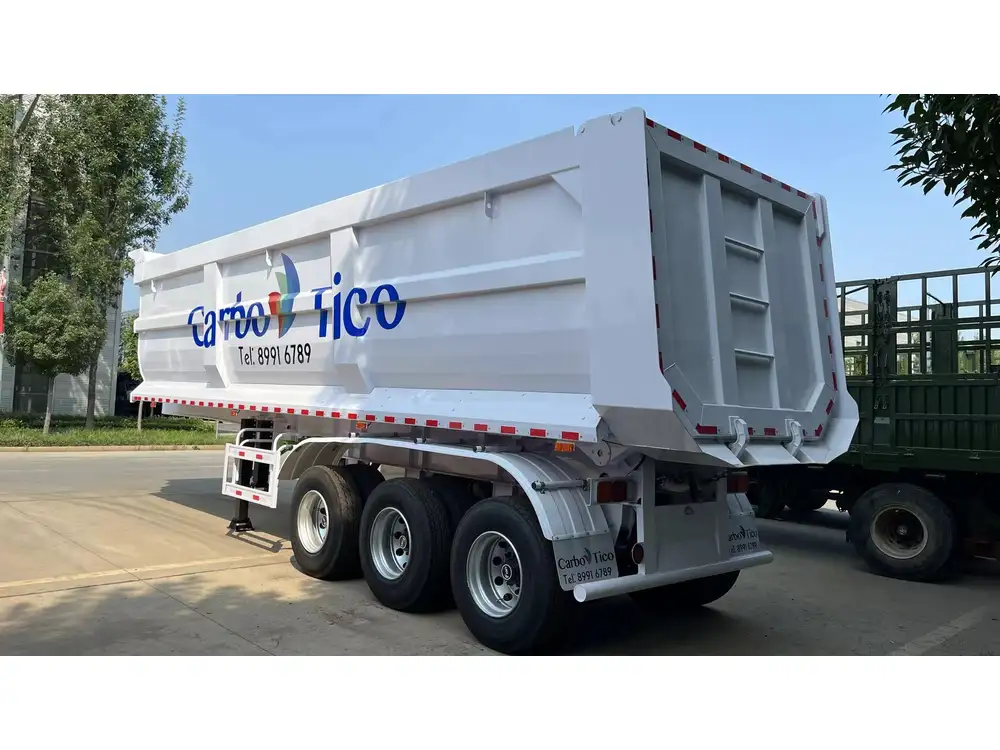
How Much Does a Gooseneck Flatbed Trailer Weigh?
The weight of a gooseneck flatbed trailer can vary significantly based on several factors, including materials used, construction, and additional features. Generally, the weight can fall within the following ranges:
- Lightweight Models: Approximately 2,000 lbs to 5,000 lbs
- Standard Models: Approximately 5,000 lbs to 8,000 lbs
- Heavy-Duty Models: 8,000 lbs to 15,000 lbs or more
Deductions: Unladen Weight vs. Payload Capacity
- Unladen Weight: This refers to the weight of the trailer without any load. It includes the structural components and equipment.
- Payload Capacity: This is the maximum weight a trailer can safely carry, which is calculated by subtracting the unladen weight from the gross vehicle weight rating (GVWR).
Understanding both the unladen weight and payload capacity is vital for operating within legal limits during transportation.
Factors Influencing the Weight of Gooseneck Flatbed Trailers
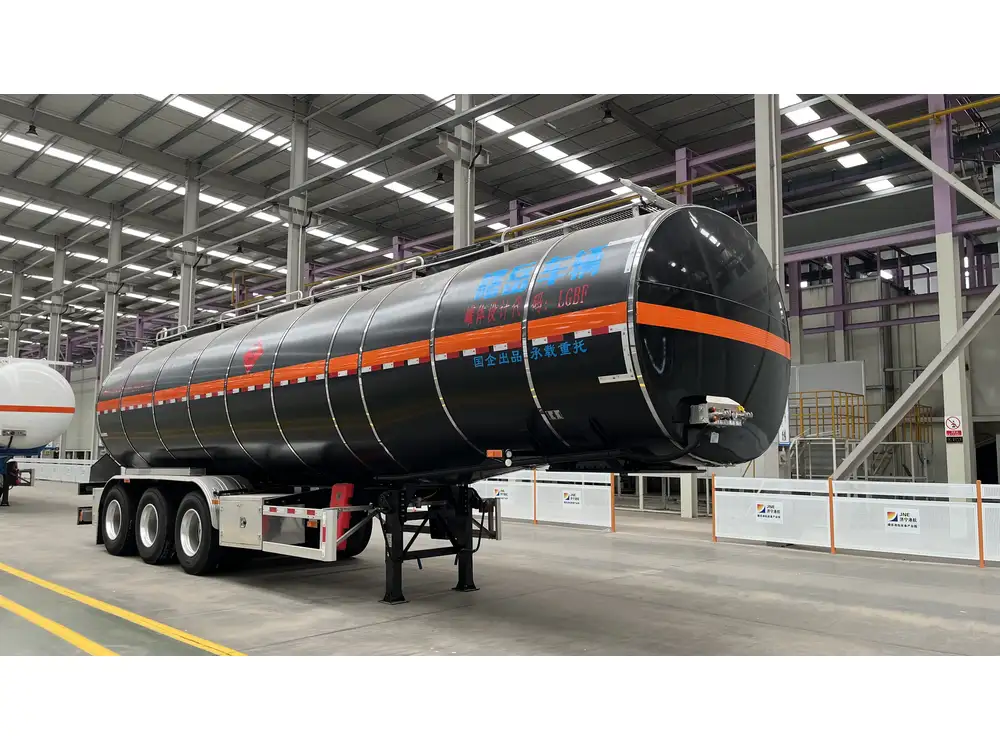
1. Material Composition
The materials used in constructing gooseneck flatbed trailers play a significant role in determining their overall weight. Options include:
- Steel: Generally heavier, offers durability and strength, ideal for heavy-duty hauling.
- Aluminum: Lighter weight, resistant to rust and corrosion but usually has a lower weight capacity compared to steel.
2. Trailer Length and Width
Incremental changes in length and width also impact the weight. Longer and wider trailers typically weigh more due to additional materials required in their construction.
3. Axle Configuration
The axle configuration affects weight management and stability. More axles can increase the trailer’s weight but also enhance its ability to carry heavier loads. Common axle configurations include:
- Single Axle: Lighter but limited in payload capacity.
- Dual Axle: A balanced choice for most applications.
- Triple Axle: Best for heavy-duty needs and weight distribution.
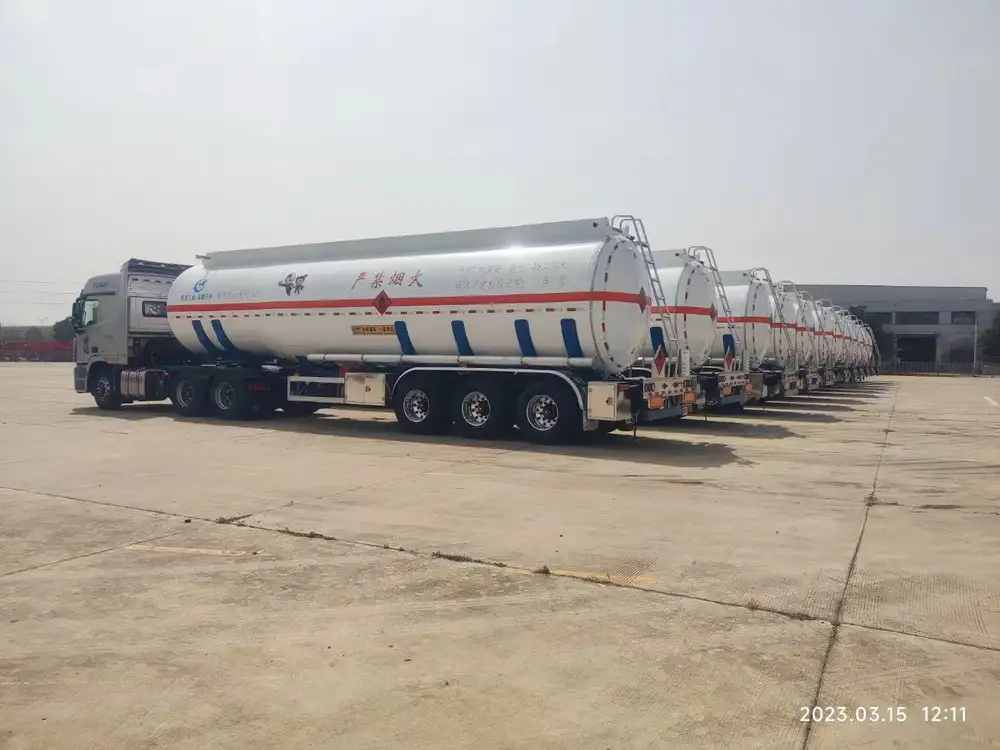
4. Added Features and Customizations
Additional features like toolboxes, ramps, or additional reinforcements can increase the trailer weight. Custom designs tailored for specific tasks may also add substantial weight.
Performance and Capacity Considerations
When selecting a gooseneck flatbed trailer, understanding its performance characteristics is essential. Here are some of the critical performance indicators to evaluate:
| Performance Indicator | Description |
|---|---|
| Towing Capacity | Represents the maximum weight your towing vehicle can safely pull, influenced by the trailer weight and load. |
| Braking Systems | Essential for controlling heavier loads; options include electric or hydraulic brakes, which influence total weight and effectiveness. |
| Weight Distribution | Proper load distribution across the trailer’s axles ensures stability during transport, minimizing the risk of accidents or tire blowouts. |
Importance of Weight Compliance and Regulations
Transport regulations often dictate weight limits for trailers. The Federal Motor Carrier Safety Administration (FMCSA) and state departments of transportation have established rules that govern maximum loaded weight. Overweight transport can lead to hefty fines, damage to infrastructure, and records of non-compliance. Always consider the following metrics when weighing your options:
- GVWR: The maximum loaded weight of the trailer, including the weight of the trailer itself and the load.
- Load Limit: Staying within this limit is crucial to ensure safety and compliance with transportation laws.
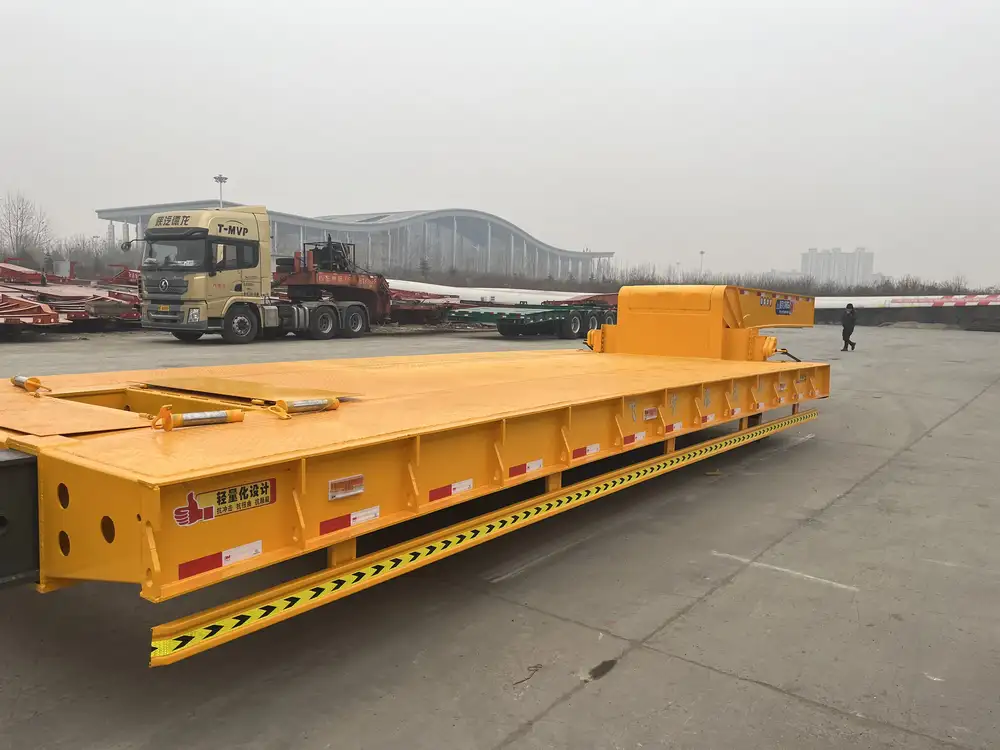
Choosing the Right Gooseneck Flatbed Trailer
Selecting the right gooseneck flatbed trailer involves assessing your specific needs and understanding the associated weights. Here are the steps to consider:
1. Analyze Your Hauling Requirements
- Load Type: Identify the types of materials or equipment you’ll transport (e.g., machinery, construction materials).
- Weight Estimates: Calculate the estimated weight of typical loads and compare them with the trailer’s payload capacity.
2. Financial Considerations
Investing in a gooseneck flatbed trailer can vary significantly based on weight class and materials. A breakdown of costs might include:
| Trailer Type | Price Range |
|---|---|
| Lightweight Models | $3,000 – $7,000 |
| Standard Models | $7,000 – $12,000 |
| Heavy-Duty Models | $12,000 – $25,000+ |

3. Evaluate Compatibility with Your Towing Vehicle
Not all towing vehicles are equipped to handle heavier trailers. Ensure your vehicle’s specifications include:
- Engine Power: Adequate horsepower and torque levels to manage trailer weight.
- Towing Equipment: A compatible hitch and braking system tailored for gooseneck trailers.
4. Consider the Resale Value
Investing in a quality gooseneck flatbed trailer can yield higher resale values. Look for brands known for durability and performance to maintain value over time.
Maintenance Tips for Gooseneck Flatbed Trailers
Maintaining your gooseneck flatbed trailer ensures its longevity and performance. Key maintenance tasks include:

Regular Inspections
- Structural Integrity: Check for any signs of wear or damage, particularly in the hitch area.
- Braking Systems: Ensure these components are fully operational to handle the weight and provide stopping power.
Weight Management
- Load Distribution: Regularly monitor how weight is distributed across the trailer. Uneven loads can lead to handling issues and accidents.
Wheel and Tire Care
- Tire Pressure: Maintain proper inflation levels to ensure safe towing. Under-inflated tires can affect vehicle handling.
- Tread Checks: Regularly assess tire tread depth to gauge their usability and effectiveness.
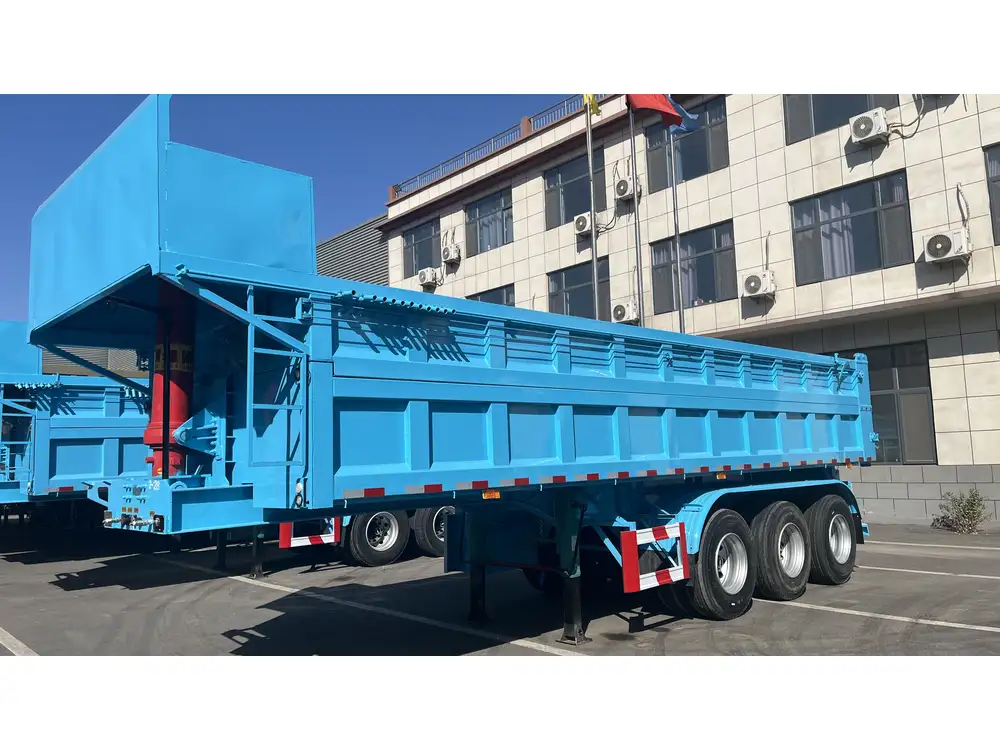
Conclusion
In conclusion, understanding “how much does a gooseneck flatbed trailer weigh” involves considering a variety of factors, including materials, dimensions, and features. Whether you’re in agriculture, construction, or logistics, selecting the right trailer requires careful consideration of your specific requirements. By focusing on the factors influencing weight, regulatory compliance, and maintenance practices, you can make an informed choice that ensures efficient and safe operations.
Therefore, when looking for a new gooseneck flatbed trailer, always weigh your options—not just in pounds and ounces but in functionality, safety, and cost-effectiveness. This approach will guarantee that you make a decision that best serves your unique hauling needs while adhering to all relevant guidelines and regulations.



